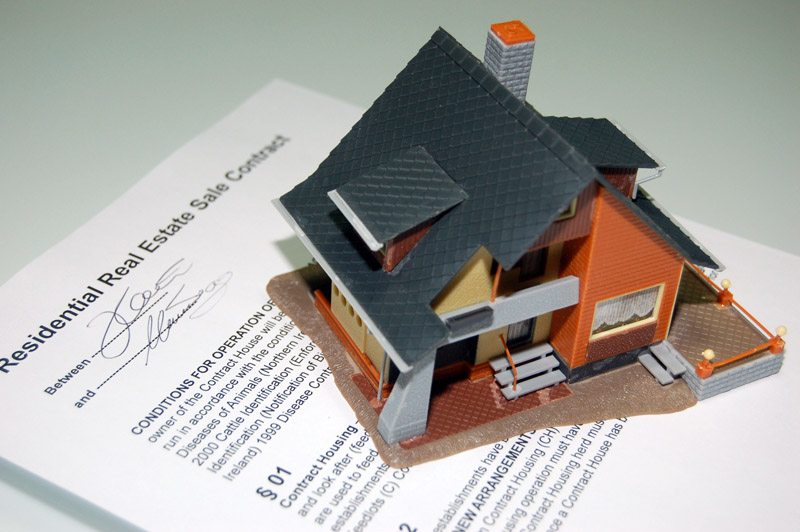There’s no denying that buying a house is one of the biggest commitments a person can make, and that means there’s a lot at stake to get it right. Unless you have a massive budget to account for issues as and when they crop up, you will need to properly assess whether a property will work for you and your needs before you purchase it. Here are four things Alliance Management advises to look out for before singing on the dotted line.
1. Layout
It’s really important to keep an open mind when buying a house, although that’s often easier said than done. Seeing past someone else’s décor and furniture can be hard, but being able to visualize an empty space and seeing the shell of the house is essential. This will allow you to see if the house will work for you, and if not, you need to consider whether it could be renovated to do so. Is there space for an extension? Could you move some walls around to make the house flow better? If so, is this something you really want to do? Structural and layout changes are expensive and can take a long time, and this won’t suit everyone. For example, if you have small children and need to move in as soon as possible, you probably won’t want a house that doesn’t work straight away.
If you’re looking to start a family, you’ll need to think about if the house will work for a growing household or if it will need changing to accommodate it. You might buy a house on the premise that you’ll be able to renovate it, but you need to be realistic about whether or not you’ll actually get round to it. In summary, a house is a long term investment and you need to consider if it will work for you in five years like it works for you on move in day.
2. Damp
It might just look like a wet wall, but damp is much more than that. Damp is common in older houses and so if you’re buying a period property you might find that there’s a much higher chance of you having to deal with such problems in comparison to if you were to buy a newer house. If there’s a bit of condensation on the ceiling or the walls, it might not be a big issue to fix and can be overlooked, but a case of rising damp, it could cost a lot more money is something you’ll need to keep an eye out for. If you see peeling paint, damp wallpaper or rotting skirting boards, make sure you question the source because it could cost thousands to fix.
3. Infestations
If there’s one thing you won’t want to deal with when it comes to buying a house, it’s an infestation. Now this could be in the form of animals e.g. bugs, but it can also transcend to the garden. There is a particular weed called the Japanese knotweed which is an invasive weed that can drastically reduce a house’s value. This is because it can cause severe damage to the structure of a house. If the house you’re looking at buying does have knotweed and you’re prepared to buy it anyway, you can definitely haggle a much lower asking price, perhaps even in excess of £30,000 depending on the location and the property itself.
4. Local Developments
Buying a house is about more than the property – it’s about the local area, too. Certain areas command more money – for example San Diego is typically more expensive than Austin, and the middle of US is generally cheaper than the southern states such as Texas. Wherever you choose to buy a house, you need to investigate what the plans for the local area are. Your prospective house might be in a quaint area for now, but there might be plans to build a big shopping centre directly opposite the property in the next five years. Would you want to live in a house that’s opposite an insanely busy shopping centre? Probably not, and that’s why scoping about council plans is essential before taking the plunge and handing over the cash.
There are many more things to consider when buying a house, but it’s important you don’t overlook these four often forgotten points.


